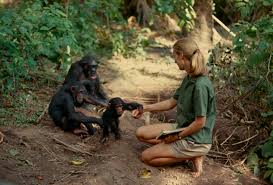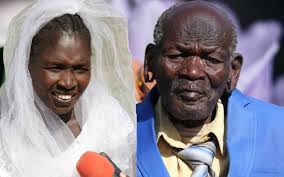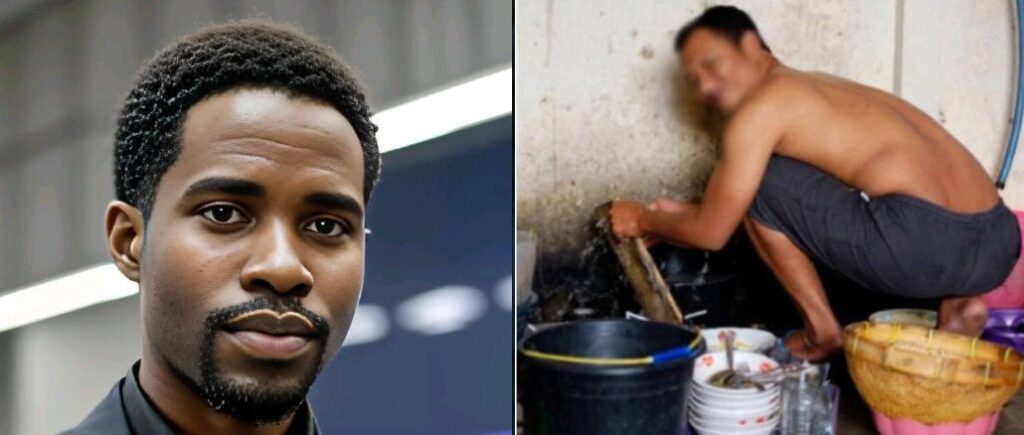In 1960, a young woman stepped off a small boat onto the shores of Lake Tanganyika in western Tanzania. Her name was Jane Goodall, and at just 26 years old, she was about to change the world’s understanding of animals—and of ourselves.
A Childhood Dream
Jane Goodall was born on April 3, 1934, in Bournemouth, England. From the time she was a little girl, Jane loved animals. She spent hours watching birds, insects, and her family’s pets—a dog named Rusty, a pony, and even a tortoise.
When she read Tarzan and Dr. Dolittle as a child, she dreamed of living in Africa, surrounded by wild animals. “I fell in love with Tarzan,” she later joked, “but he married the wrong Jane.”
From Waitress to Explorer
Jane’s family couldn’t afford to send her to college, so after finishing school she attended secretarial training in London.
She worked as a waitress and office worker, saving every penny for her dream trip to Africa.
At 23, Jane finally boarded a ship called The Kenya Castle and sailed to Africa to visit a friend in Nairobi. There, her life changed forever.
She met Dr. Louis Leakey, a famous scientist who studied human fossils. Leakey was impressed by Jane’s deep knowledge of animals and her curiosity. He offered her a job at the local natural history museum, and later, a rare and daring assignment—to live alone in the wild and study chimpanzees.
The First Steps into the Wild
In July 1960, Jane arrived at the Gombe Stream Game Reserve (now Gombe Stream National Park) in Tanzania. With her mother, Vanne, and a cook named Dominic, she began what would become one of the most important studies of animal behavior in history.
At first, Jane struggled. The forest was thick and full of dangers. The chimpanzees were shy and ran away whenever she approached. She caught malaria. But Jane refused to give up.
Slowly, one chimpanzee—a wise old male she named David Greybeard—began to trust her. What happened next would shock the scientific world.
Redefining Humanity
One day, Jane saw David Greybeard do something no scientist had ever witnessed before:
He broke a stick, stripped off the leaves, and used it to fish termites out of a hole.
Until that moment, humans were believed to be the only species capable of making and using tools. Jane immediately sent a message to Dr. Leakey, who replied:
“Now we must redefine ‘tool,’ redefine ‘man,’ or accept chimpanzees as humans.”
Her observations didn’t stop there. She discovered that chimps eat meat, form families, fight wars, and even show emotions like love, grief, and jealousy.
At a time when scientists were taught never to name animals or describe them emotionally, Jane’s approach was revolutionary. She called the chimps by name, not numbers, and treated them as individuals with feelings.
Battling Criticism and Breaking Barriers
Not everyone approved. When Jane went to Cambridge University to earn her Ph.D. in 1962, some professors criticized her for being “too emotional” and “unscientific.” But Jane stood firm. She believed empathy was not weakness—it was understanding.
In 1966, she earned her doctorate and became Dr. Jane Goodall, one of the few people ever to do so without first earning a bachelor’s degree.
Her first book, My Friends, the Wild Chimpanzees, published by National Geographic, made her a global icon. Through photos and films, people around the world met the chimps of Gombe—and fell in love with them.
From Scientist to Conservationist
By the late 1980s, Jane noticed something worrying. The forests around Gombe were disappearing. Villages had grown, and people were cutting down trees for firewood and farming.
In a small plane flying over the region, she saw miles of bare hills where lush forest once stood. It broke her heart—but it also gave her a new mission.
Jane realized she couldn’t save the chimpanzees unless she also helped the people who lived near them. So she created programs to support education, healthcare, and sustainable farming for local communities.
In 1977, she founded the Jane Goodall Institute (JGI) to continue research and protect chimpanzees. In 1991, she launched Roots & Shoots, a youth program that empowers young people around the world to protect animals, the environment, and each other.
A Voice for the Voiceless
Today, even in her 90s, Jane continues to travel nearly 300 days a year, speaking to audiences across the world. Her message is one of hope, peace, and action.
She reminds us that every small act matters—that even one person can make a difference.
“The least I can do is speak out for those who cannot speak for themselves,” she says.
Legacy of a Living Legend
Jane Goodall didn’t just change science. She changed how the world sees animals—and how we see ourselves.
Her courage showed that curiosity, patience, and compassion can unlock the mysteries of nature.
From a young girl reading about Tarzan to a global symbol of conservation, Jane Goodall’s life proves that dreams can grow wild—and change the world.



